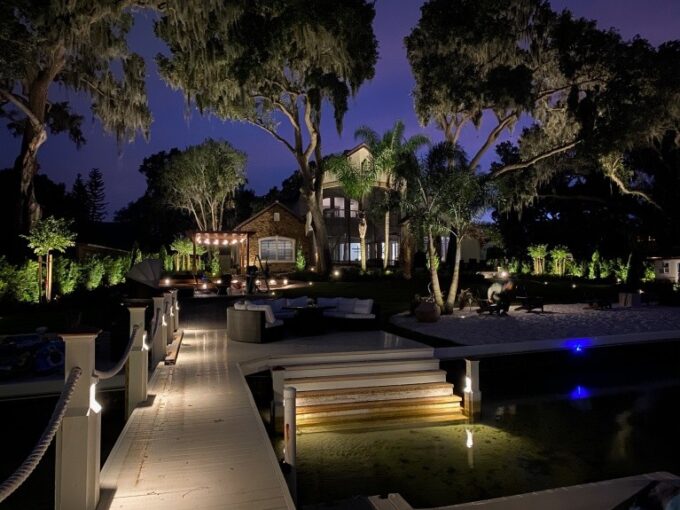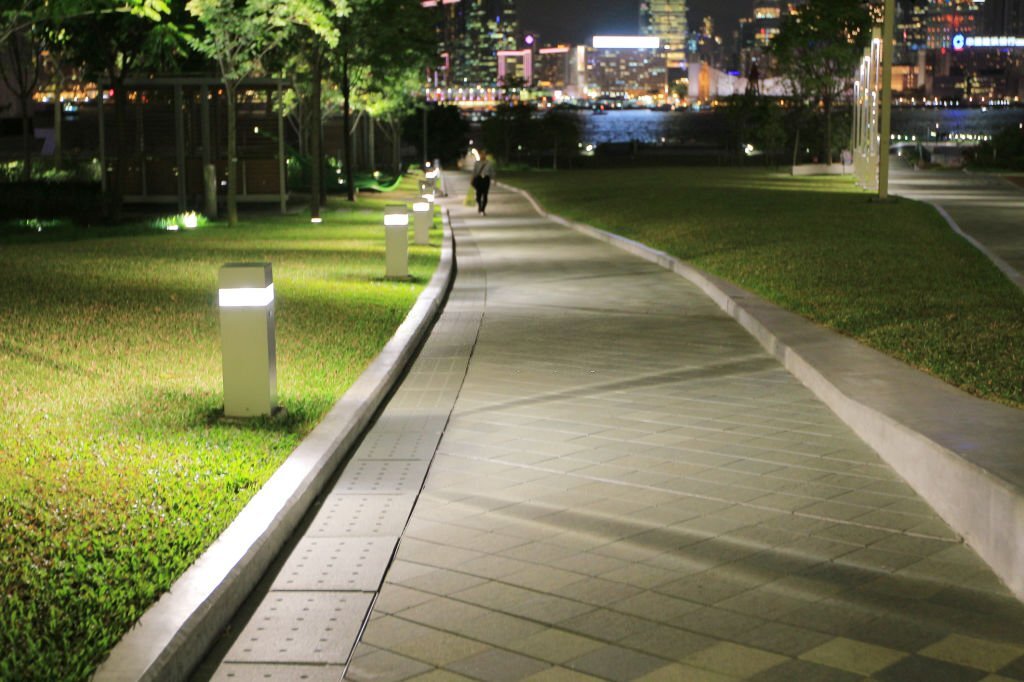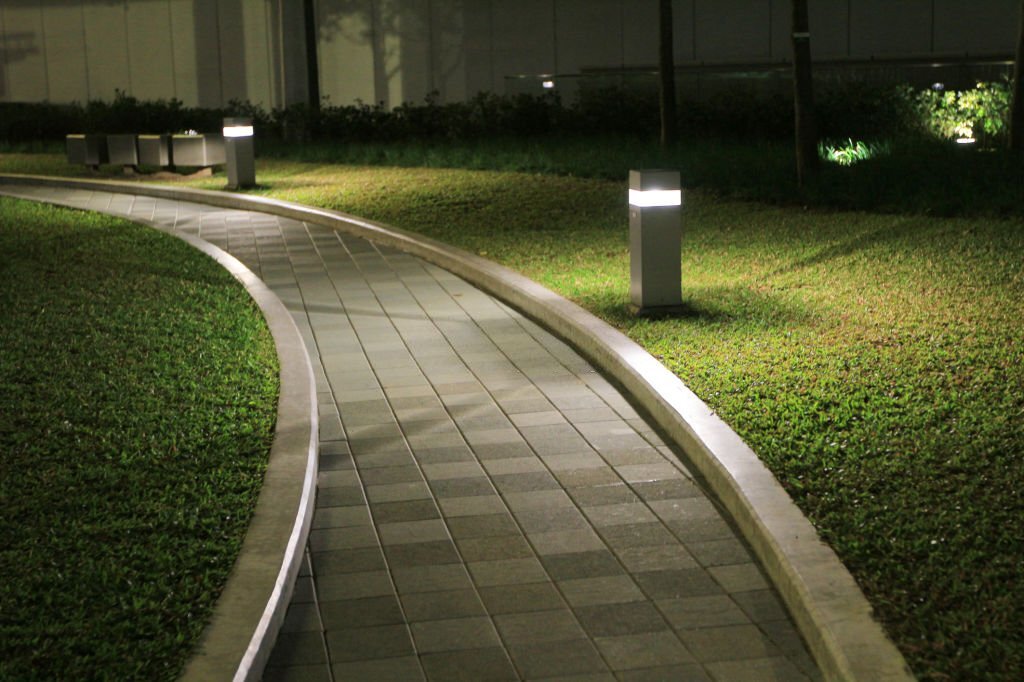Bring the final look to your outdoor areas with carefully planned landscape and lighting for your outdoor spaces.
When you’re lighting your landscape, a bit can go a long way. Your eyes require less light outside than they do inside to perceive the effects of shadow, light, and patterns. For planning the lighting for your outdoor space:
- Begin by taking a stroll through your backyard in the evening.
- Think about what you’d like to do and when you’d like to utilize your outdoor space, and then tailor the lighting for your landscape to meet your needs.
- Once you’ve decided on the lighting fixtures and layout, use these landscaping lighting tips, along with guidelines for choosing the right location and tips for avoiding common issues to have the best possible bright outdoor space that you can relax in after the sun goes down.
Landscape and Lighting Basics
Light has intensity, also known as the quantity of light, that it emits, as well as the color. The color of the lightbulb is visible on the package. It is an amount that ranges from 1800 Kelvins (K) that is extremely red, and up to 7500 K that, is a blueish white.
Outdoors or indoors, the lighting is usually separated into 3 layers, based on the purpose:
- Overall, the light is used to illuminate a space or area.
- Lights for tasks: Task lighting fulfills a particular purpose, like lighting the path.
- Lighting accents: Accent lights draw attention to an object or a particular area. That is typically accomplished using floodlights or spotlights.
Landscape and lighting that is located close to an electrically powered building can be easily connected to the wiring system in your home. Lighting for your landscape with solar energy is another eco-friendly option to power your landscape and lighting.
Lighting Issues in Outdoor Landscapes and Solutions
Outdoor lighting problems differ from indoor lighting. Reflection, for instance, is not as critical outside because most lighting surfaces have dark colors and therefore do not reflect light very well. However, positioning and shielding are more crucial for outdoor lighting to reduce reflections and glare.
Glare can occur when light sources are too large or bright. It could be blinding due to reflections directly into the eyes of people. Lighting for outdoor landscapes also has to be sensitive to indirect versus direct light. Direct light reflections reflect off the surrounding surfaces, creating the appearance of a soft wash.
Outdoor Light Pollution
A lot of light or inadequately installed lighting can cause unwelcome light pollution that can shine into rooms indoors or rooms, obscuring the views of the stars and creating a glare that temporarily blinds people and wastes energy and money. Use these guidelines for landscape and lighting to prevent the glare and light pollution that your lighting can cause for your landscape:
- Make sure you aim the lights correctly. Position lights at night and verify their positions often.
- Lights that shield. Use fixtures that contain reflectors and shielding to focus the light you’d like it to be.
- Reduce the amount of wattage. Higher wattage will result in harsher lighting without improving the room’s aesthetics or enhancing safety. The bulbs with low watts are usually sufficient to give enough light.
Control the lights. Separately zoned lights equipped with timers, control dimmers, or motion sensors can switch on lights only when needed or permit them to turn off according to the need.





